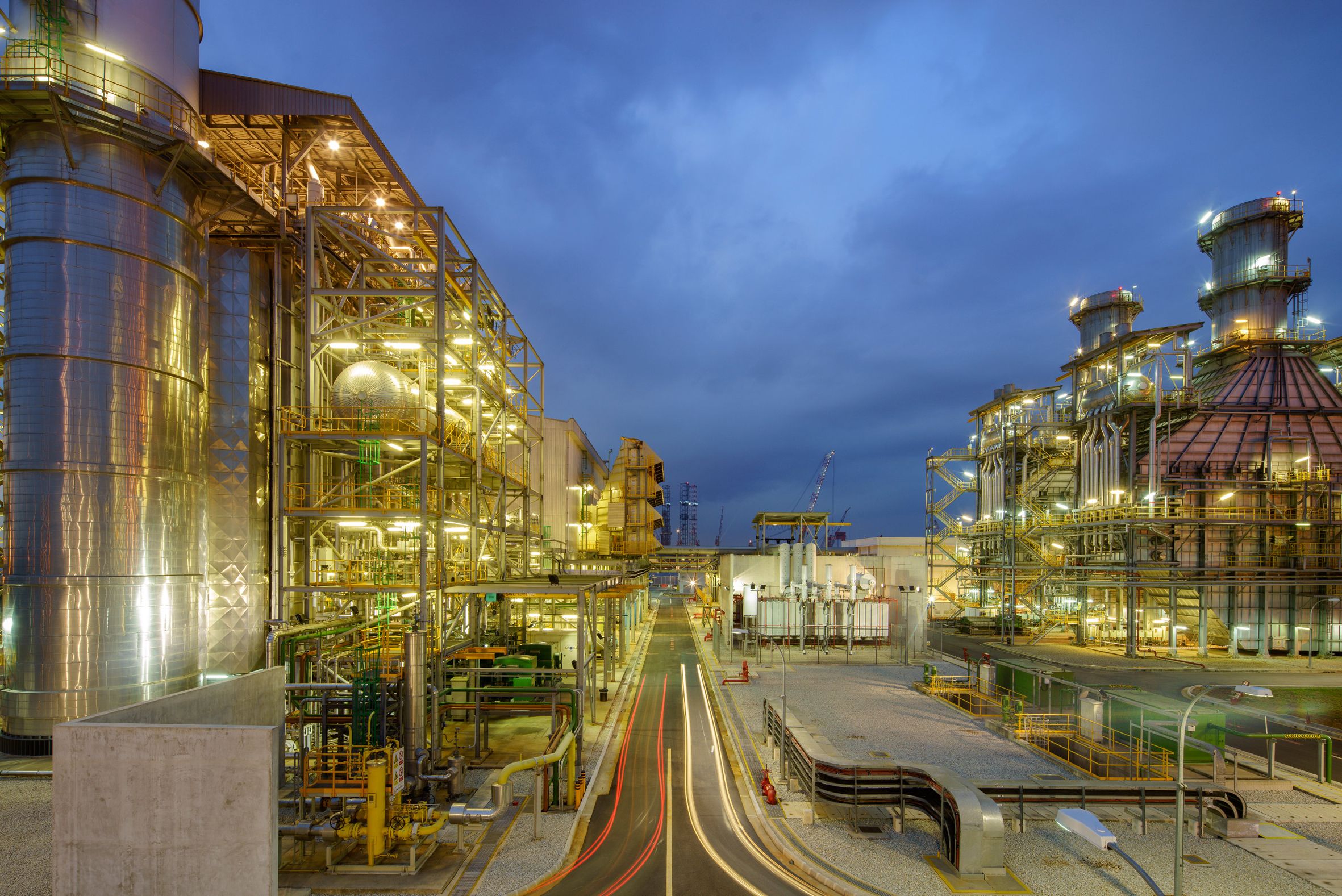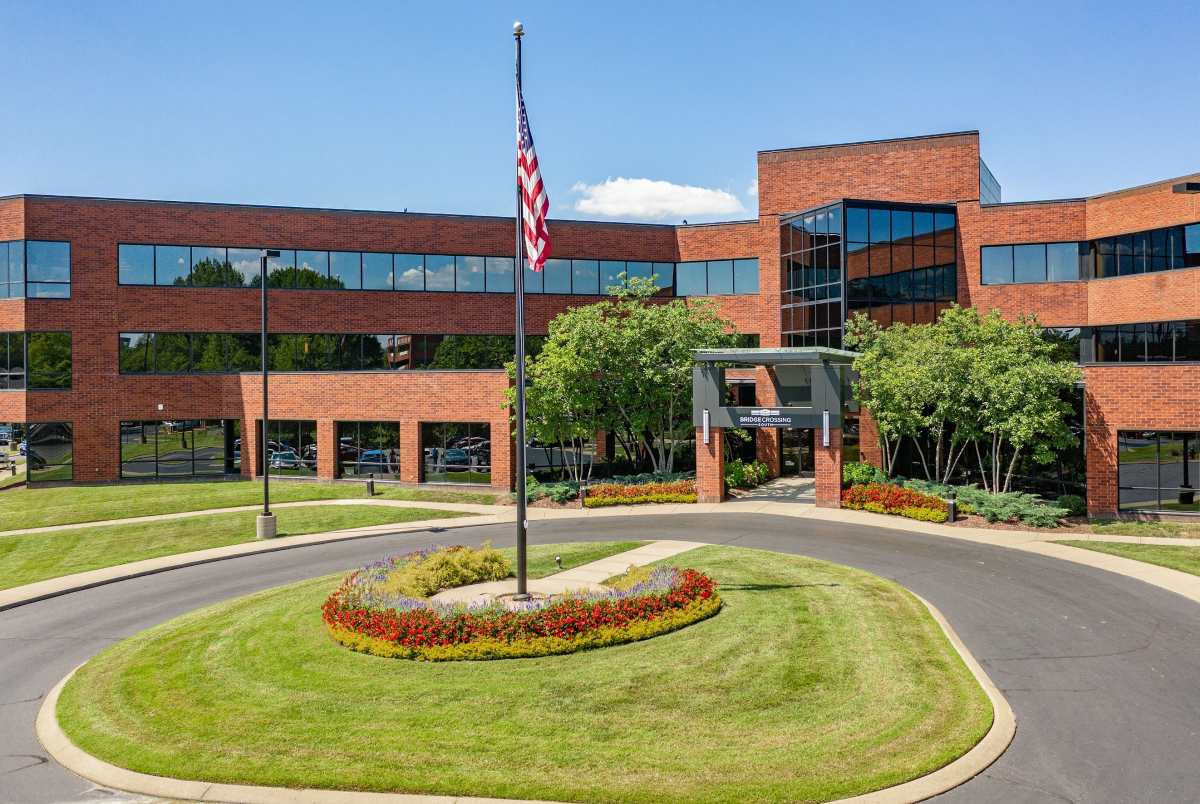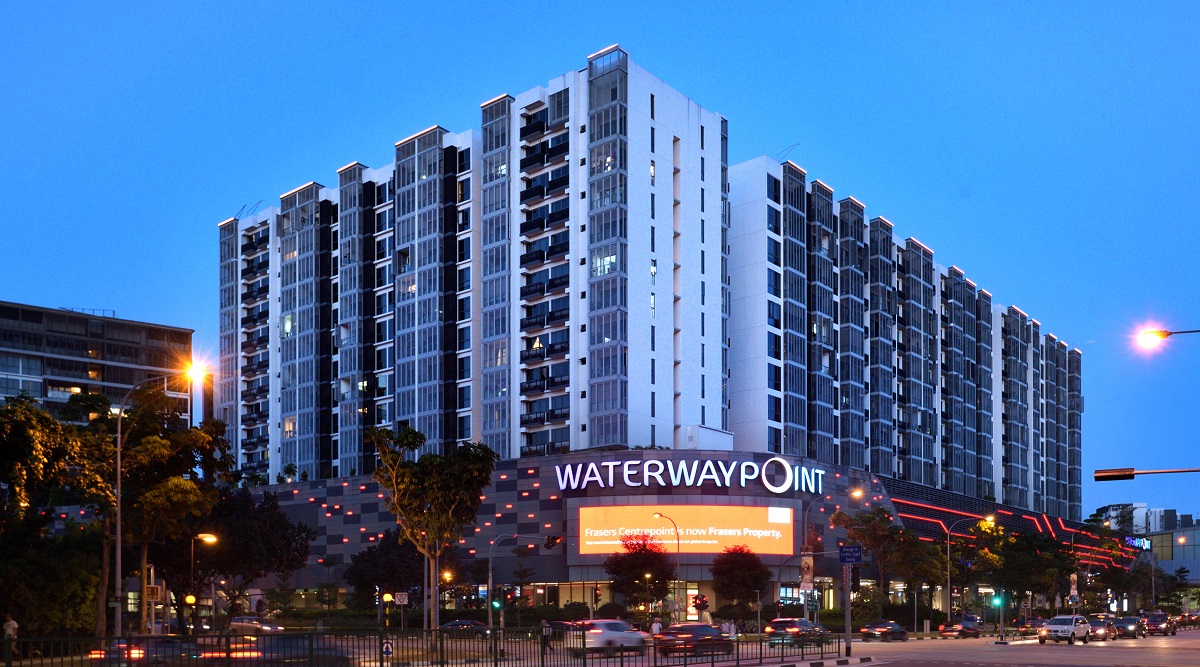On 20 October 2022, Keppel Infrastructure Trust (“KIT”) recently announced their 2022Q3 business updates. Not unexpectedly, the revision of management fee structure has continued to decrease the distributable income, although operational cash flows continue to increase. I am expecting dividend to be cut in 2023, and I have detailed my thoughts below.
Background
KIT is the largest diversified business trust listed in Singapore with approximately SGD5 billion in assets under management.
The Trust was constituted on 5 January 2007 under the laws of the Republic of Singapore and registered with the Monetary Authority of Singapore (registration number 2007001).
KIT’s portfolio comprises strategic businesses and assets in the three core segments of Energy Transition, Environmental Services, and Distribution & Storage. These businesses and assets provide essential products and services across a broad range of industries; and generate regular and resilient cash flows, with potential for growth that is supported by favorable long-term market dynamics and demand. This is in line with KIT’s long-term goal of delivering sustainable and growing returns to Unitholders, through a combination of recurring distributions and capital appreciation.
Keppel Infrastructure Fund Management Pte Ltd (“KIFM”) is the Trustee-Manager of KIT. KIFM is a wholly-owned subsidiary of Keppel Capital, a premier asset manager with a diversified portfolio in real estate, infrastructure, data centres and alternative assets in key global markets.
Keppel Infrastructure Holdings Pte. Ltd., a wholly-owned subsidiary of Keppel Corporation Limited, is the Sponsor of KIT.
The breakdown of their business are as follows:
- Distribution and Network
- Energy
- Waste and Water
The Distribution and Network segment comprises of City Energy, Ixom, Philippine Coastal Storage & Pipeline Corporation and Aramco Gas Pipelines Company. This segment focus on being key producers and distributors of energy and water, such as City Energy being Singapore’s sole producer and retailer of town gas, and green energy solutions provider and Ixom being the supplier and distributor of key water treatment, industrial and specialty chemicals in Australia and New Zealand.
The Energy segment comprises of Keppel Merlimau Cogen Plant (“KMC”) which is a cycle gas turbine power plant.
The Waste and Water segment comprises of Senoko Waste-to-Energy (“WTE”) Plant, Keppel Seghers Tuas WTE Plant, Keppel Seghers Ulu Pandan NEWater Plant and SingSpring Desalination Plant. These assets focus on waste incineration and desalination of seawater, with major customers NEA, Singapore’s National Environment Agency and PUB, Singapore’s National Water Agency.
Key Metrics
Free Cash Flow to Equity (“FCFE”) and Payout ratio

Unlike Real Estate Investment Trusts (“REITs”), KIT is a business trust and are not imposed the same regulations as REITs.
This gives management flexibility in determining the metrics to be used. For instance, instead of using Distribution per Unit (“DPU”) as most other REITs, Free Cash Flow to Equity (“FCFE”) was used instead. There are certain considerations that need to be taken note of which will be covered in the “Key Things to Note” section later on.
Based on the announcement on 20 October 2022, it was noted that FCFE have decreased by 5.3% compared to the 9 months ending 2021Q3. This was mainly due to the the following:
- Decrease in FCFE from City Energy, noted to be due to the rising costs with the increase in oil prices
- Decrease in FCFE due to increase expenses and distribution paid to perpetual securities holders, management fees and financing costs
This metric is Unfavorable as there is deterioration in FCFE. The total distributions paid to unitholders of the Trust annually approximates around SGD190 million. Extrapolating the FCFE, the expected annual FCFE is SGD183 million, which is insufficient to cover the distributions paid.
Gearing Ratio

Gearing ratio stands at 33.6% as at 30 September 2022 compared to 33.1% as at 30 June 2022. This is considered Favorable as there is sufficient headroom for KIT to pursue growth opportunities. Especially as they have secured a SGD290 million bridge facility in September 2022 and are looking to drawdown on it in 2022Q4 to fund the acquisition of Eco Management Korea Holdings Co., Ltd..
Interest Coverage

Based on the announcement on 20 October 2022, interest coverage and profit or loss was not included in the business update for the third quarter of 2022.
If using the same computation as REITs (EBIT/net interest expense), as of 30 June 2022 the EBIT of the trust is SGD65 million while finance costs if SGD47 million for 2022Q2. This translates to interest coverage of 1.38 times and thus there is insufficient interest coverage. So while they generate sufficient cash flows to pay the interest, profits are not sufficient to cover the interest expenses comfortably.
This is Unfavorable in my opinion, as interest rates continue to rise as the world looks to tackle inflation, and the Federal Reserve has hiked interest rates to 4.0% recently and is looking to hike to at least 4.75% by end of 2022.
Website: Fed to lift rates by 50 basis points, but peak policy rate may be higher
As the interest rate may potentially increase further, KIT may be subjected to significant change in their cost of debt in the near future. In their presentation they have mentioned that 90% of their debt are hedged.
I have thus performed a sensitivity analysis using the information as at 30 September 2022:

Interest rate sensitivity analysis as below:

The good thing working for KIT is that their borrowings are significantly hedged. Do note the above is my estimation which may be different from management’s estimation. Nonetheless, if the interest rates were to increase by the basis points above, KIT may experience a fall in DPU accordingly.
Debt Maturity Profile

Weighted average term to maturity of their debt stands at 3.0 years as at 30 September 2022. This is Favorable and it allows them sufficient time to refinance their debts as they fall due.
Price to Book Ratio

Based on the announcement on 20 October 2022, net asset value (“NAV”) was not included in the business update for the third quarter of 2022.
Using 30 June 2022 figures, the Price to Book (“P/B”) ratio currently stands at 2.53. This is computed using the closing share price of SGD0.550 on 9 December 2022 and the net asset value per share of SGD0.217 as at 30 June 2022.
The P/B ratio is Unfavorable as there are other business trusts, such as CapitaLand India Trust (SGX: CY6U) and NetLink NBN Trust (SGX: CJLU), which have lower P/B ratios as at 9 December 2022.
Dividends
With the distribution for the calendar year 2022 of SGD0.0383 per share and closing share price of SGD0.550 as at 9 December 2022, this translates to a healthy 6.96% dividend yield.
Do note the difference in yield for 2020 was due to the their change in dividend payout policy from quarterly to semi-annually. There was thus no payout in September 2020. They have not missed their dividend payments since 2016.
Management have increased their dividend paid in February 2022, the first of such a move after years of maintaining their dividend paid. Moving forward however, it remains to be seen if their FCFE is able to sustain their dividend payout, as noted above that there is a decrease in FCFE in FY2022.
For my benchmark, a general reasonable range would be around an average of 6.0% to 7.0% in the current environment. KIT’s dividend yield is within my benchmark. However, interest rates have been continuously increasing the last few months. This have prompted for multiple safer assets to increase their bond and interest rates to more than 3%.
Website: Reasonable Dividend Yield Changes
KIT have traded at a higher yield compared to the other well-known REITs and investors require a higher return to compensate for the risk as it is a business trust. If using dividend yield of 8% as a benchmark, based on the dividend of SGD0.038 there is potential for KIT to see its share price drop by another 13.6% to SGD0.48. Investors will thus need to be mentally prepared that the share price might further fall if interest rates for safe assets in Singapore approaches to cross 4%.

With the expectation that dividend may be cut as distributable income decrease, this may result in even larger depreciation of share price. The dividend yield is Neutral.
Key things to note
Growing towards asset light
KIT has a wide range of plants and operations. By no means it is an asset light Company. However from an accounting point of view, they have been paying out dividends that are higher than their earnings. This is possible because of the high depreciation, which is a non-cash adjusting expense, resulting in high EBITDA as compared to profits.
For illustration purposes, imagine a scenario where you are in the business of car rental. The useful life of cars in Singapore companies are generally 10 years. This is due to the Certificate of Entitlement (“COE”) lasts only 10 years, and the value of the car is thus depreciated over its 10 years useful life. However, over the course of the 10 years, at the end of the useful life with the expiry of the COE, you will need to pay an equivalent amount to purchase a new car with a new 10 year COE. The new purchase would not be possible if you pay out dividends based on EBITDA and have no cash savings from the dividend expense.
What management is saying is that the assets of KIT do not have a high replacement cost at the end of its useful life. and the assets will still be able to continue to operate indefinitely. Thus they do not need to save money from the depreciation expense for a potential replacement of the assets.
The result is that the net asset value of the Company will continue to decrease as they continue to pay out the dividends sustained using EBITDA. Eventually if they would like to secure new financing, their balance sheet will seem to have insufficient assets to pledge as collateral for new borrowings.
Increasing Costs
Inflation and interest rate hikes are only going to add to the costs for all businesses to run. In fact the impact can already be felt in 2022Q3 for KIT, with the fall in FCFE, and is expected to see costs increase further into FY2022.
Furthermore, KIT have revised their fee structures, which can see that this resulted in higher payments of SGD45 million in 2022Q3 compared to SGD32 million in 2021Q3. While the fee structure have changed to be in line with unit trust holder’s interests, with fall in distributable income eventually may lead to lower dividends paid out.
Conclusion

In view of the above, there are indicators that the metrics will continue to deteriorate into unfavorable territory. Despite their stable dividend yield, investors need to continue monitoring the performance of KIT. It will not be unexpected if dividend were to be cut in 2023, as noted that the distributable income is unable to cover the total dividend payout.
There is also limited opportunity for the Company to experience strong capital growth as compared to other industries where new breakthroughs can send the share prices skyrocketing. Any new growth is more likely to at best lead a small appreciation in share price.
As KIT is a business trust, the financials and metrics are not similar to REITs and they have different performance indicators in mind. Investors will thus have to ensure that they are comfortable with how the financials operate, and I am of the view that it is appropriate given their type of assets.
Disclaimer: Not financial advice. All data and information provided on this site is for informational purposes only.
Previous Post





